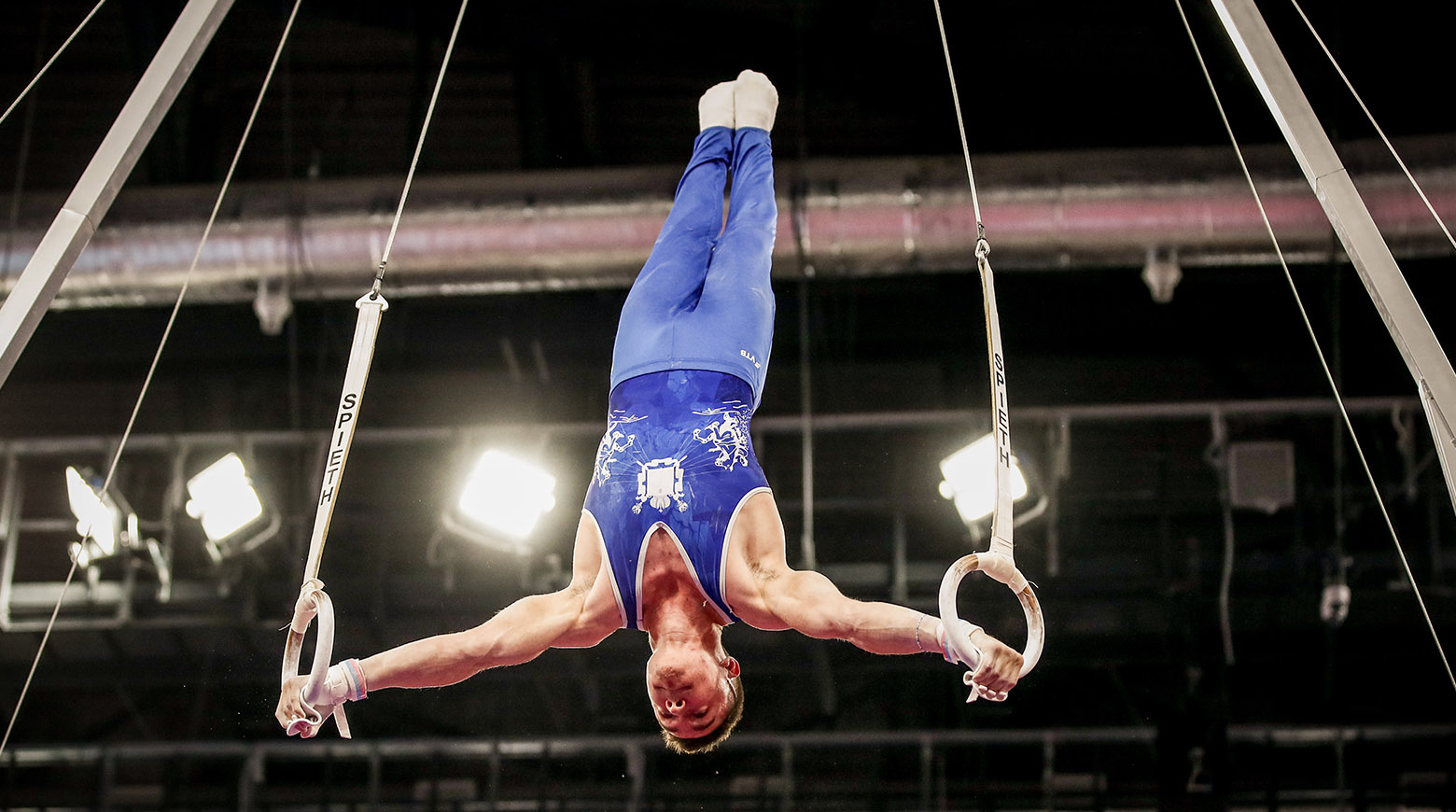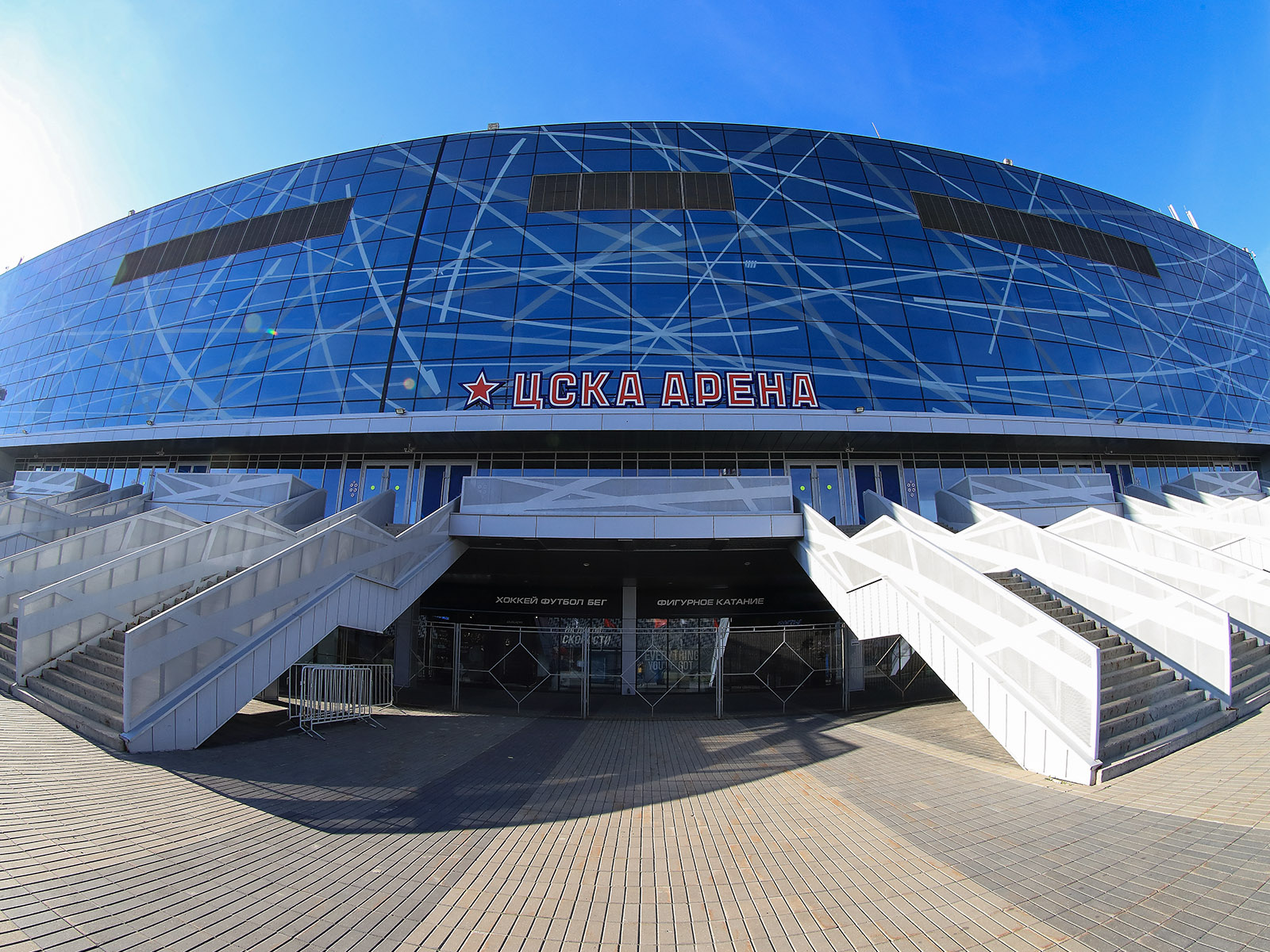
Artistic Gymnastics
One of the most spectacular and beautiful sports, artistic gymnastics requires a high degree of skill and physical fitness.
Athletes compete on various gymnastic apparatuses and perform combinations according to special rules that include different movements and elements. At the end of the routine, the judges evaluate the gymnasts.
Disciplines

History
Gymnastics has been cultivated since ancient times. For 4000 years before our time, many peoples, particularly in China and India, used such exercises for medicinal purposes. The term "gymnastics" first appeared among the ancient Greeks during the heyday of ancient Greek culture in the 8th century BC. Gymnastic exercises were part of the system of physical education in ancient Greece and were used to prepare young men for participation in the Olympic Games.
At the end of the XVIII century and the beginning of the XIX century, in Western Europe and Russia, physical education systems began to use exercises on gymnastic apparatus and supported jumps. In the second half of the 19th century, a number of countries in Western Europe began to hold competitions in various types of gymnastics.
Gymnastics became a recognised sport in 1896 when it was included in the programme of the first modern Olympic Games. Since the first Olympic Games, gymnasts have competed on the following apparatus: pommel horse, rings, uneven bars, parallel bars, vault and, since 1932 (Los Angeles, USA), floor exercise. Initially, only men competed on the Olympic platform, but in 1928 (Amsterdam, Netherlands), women competed for the first time.
Rules
On each apparatus, with the exception of the vault, the athletes perform combinations of gymnastic elements + a jump from the apparatus. Each element has its own complexity and technical group. The best elements, including the dismount (the nip), determine the difficulty of the entire combination. The gymnasts can create a programme at random and change it during the performance. On vault, athletes perform 1 or 2 vaults, depending on the type of competition.
Judges will be present at each routine. Team D evaluates the complexity of the combination and decides which elements will be scored, and Team E evaluates the quality of all the movements. The sum of the E and D scores is the final score.
Top Three Facts
If an athlete misses the pre-competition warm-up, the judges will deduct points from the athlete or the entire team.
Before 2004, gymnasts performed a vault over a gymnastic horse, which was replaced by a newly shaped apparatus called a table or pegasus. The familiar table is longer and wider than its predecessor. This allows the gymnasts to make their jumps more difficult.
The most titled gymnast on the planet is Larisa Semyonovna Latynina. She has 18 Olympic medals, of which 9 are gold.


